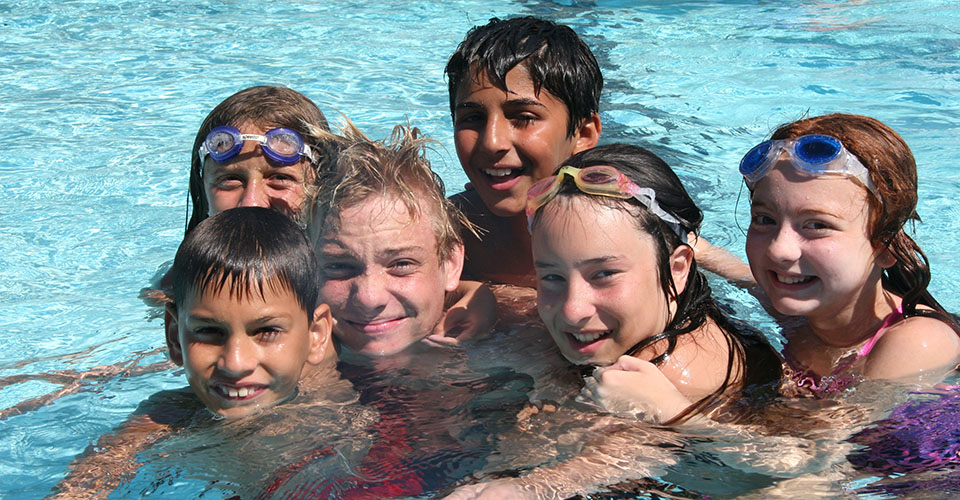What You Need to Know
According to the Orange County Fire Authority, drowning accidents are the leading cause of injury/deaths among children younger than 5 years old.
Drowning can happen quickly- faster than it takes to send a text, tie a shoe, or grab a snack. They also happen without warning, without a splash, and without a cry for help. For more drowning prevention information, watch the Orange County Fire Authority’s video, available in English, Mandarin, Spanish and Vietnamese. Below are several pool safety tips to help keep you and your families safe.Follow the ABC's of Water Safety to ensure you know how to be water safe.
Secure the Pool Area
Most drownings occur in home swimming pools, often because a child gains access to the pool when no one is looking.
- Professionally install a pool fence that is five feet high around around all four sides of the pool. The fence should not have openings. Tables, chairs, tree branches or other protrusions should be moved away from the fence to prevent a young child from getting over, under or through the fence.
- Gates should be self-closing and self-latching, opening outward, away from the pool. The gate latch should be placed at the top of the gate and be inaccessible from the outside by small children.
- All doors and windows leading to the pool should always be secured and locked at all times.
- Additional “layers of protection” include safety covers, alarms on doors, and motion-detection devices.
- Safety equipment such as a ring buoy and shepherd’s crook should always be available.
- For more information, view the Water Safety Barriers resource from the Orange County Fire Authority.
Always Have Adult Supervision
- Swim lessons, flotation devices and safety equipment should never be substitutes for proper adult supervision at all times.
- Never leave children alone in or near the pool, even for a moment.
- Assign an adult "water watcher" to supervise the pool/spa area, especially during social gatherings.
- Babysitters and guardians should always be instructed about potential hazards in and around the pool.
- If a child is missing, check the pool first.
What You Can Do
- Set water safety rules for the whole family before entering the water, including:
- Always enter the water feet first and look before you leap.
- Swim with a buddy in a supervised area. Never swim alone.
- Avoid entrapment; suction from pool and spa drains can trap a swimmer under water.
- Do not use a pool or spa if there are broken or missing drain covers.
- Do not let children sit or play on pool drains.
- Keep toys away from the pool when not in use to prevent young children from falling in after a toy.
- Keep a telephone outside the pool area. Post the 9-1-1 emergency number on the telephone.
- Wear a properly fitted life jacket while participating in water activities.
- Make sure it is the right type for the activity you are doing.
- Make sure it is US Coast Guard approved, look for the stamp on the inside of the life jacket.
- Check buckles and straps for proper function.
- Discard any life jacket with torn or loose fabric.
- Make sure it fits for the intended user, check the label on the life jackets for the weight and size limits. Jackets should fit snuggly on the user.
- Before you go out on the water make sure to put on the life jacket and practice swimming in it so you are comfortable with how it fits and functions.

